Operation Forager - Battle of Saipan - U.S. Destroyer USS Ballard (DD-267) Radar Maneuvering Board
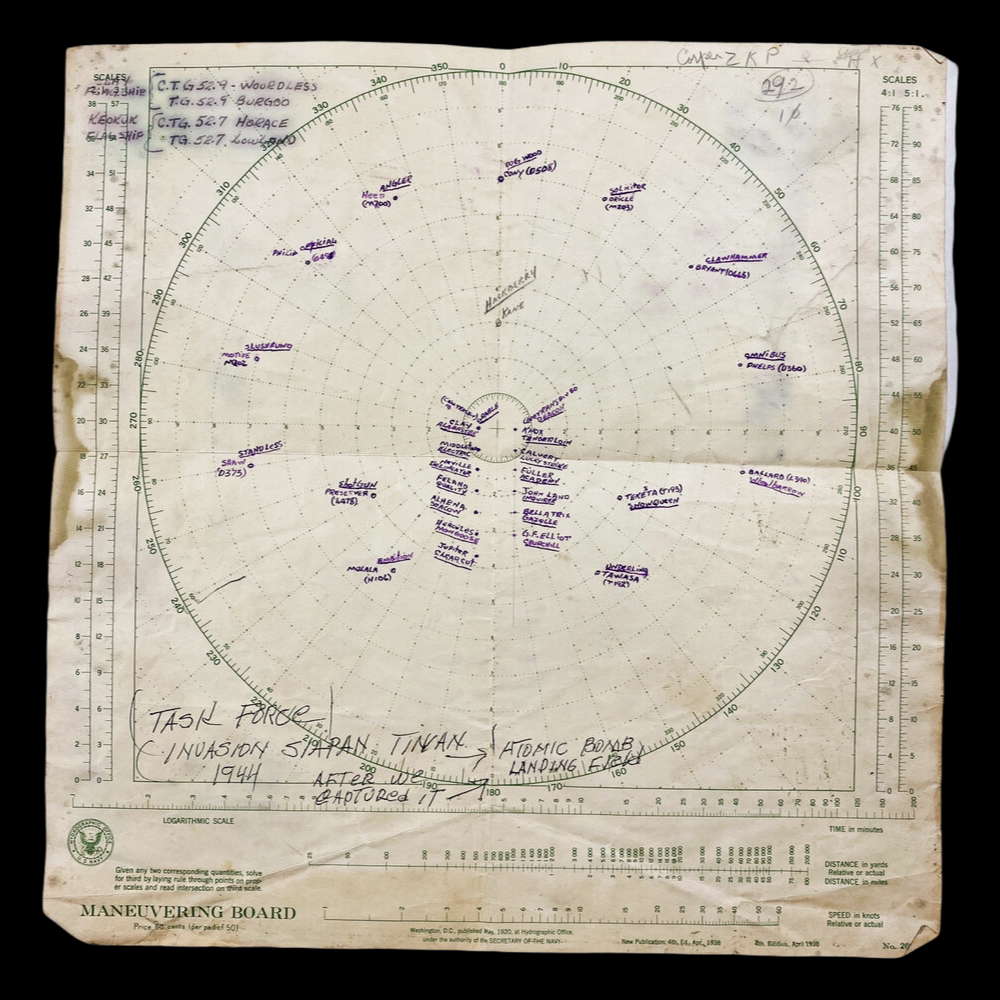
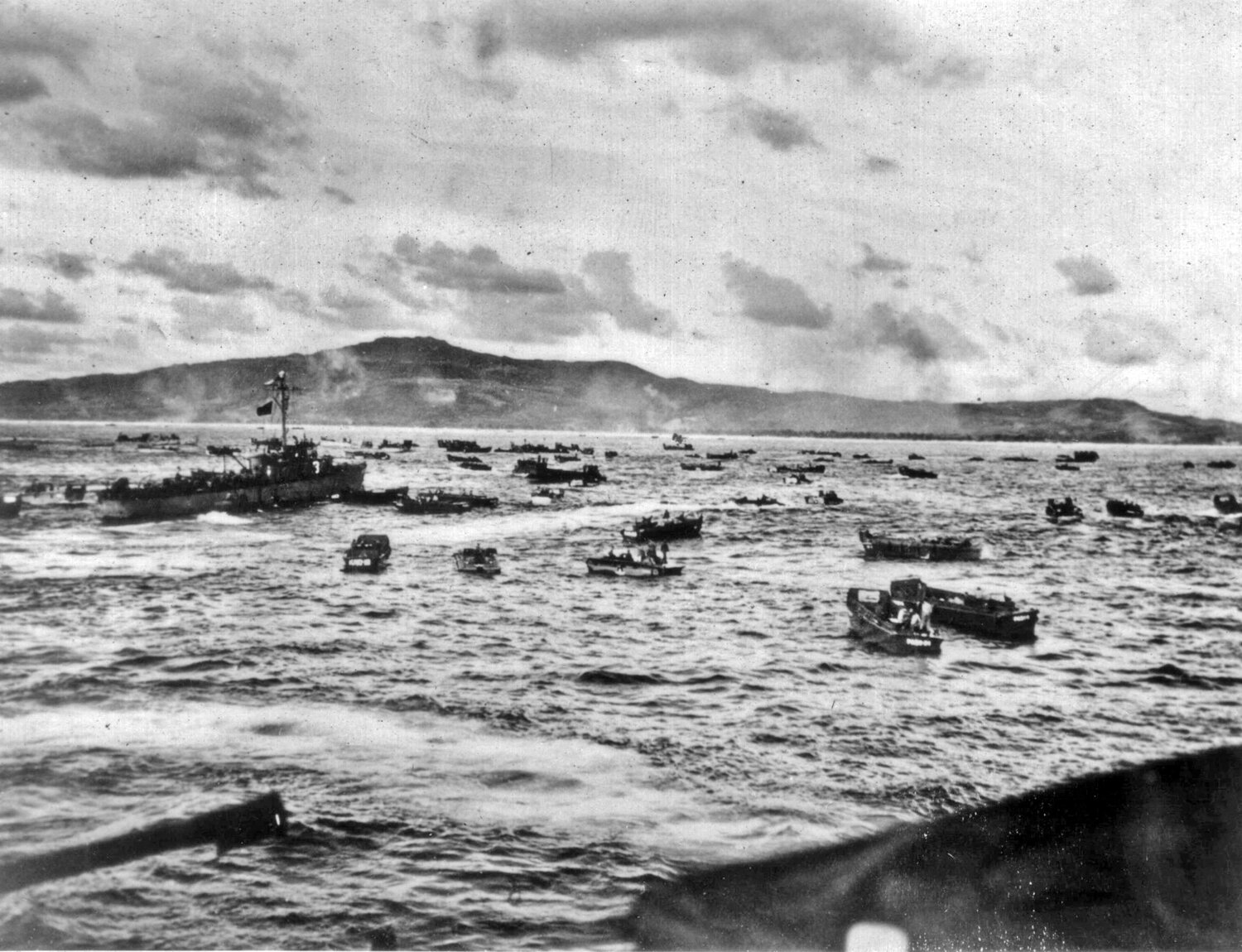



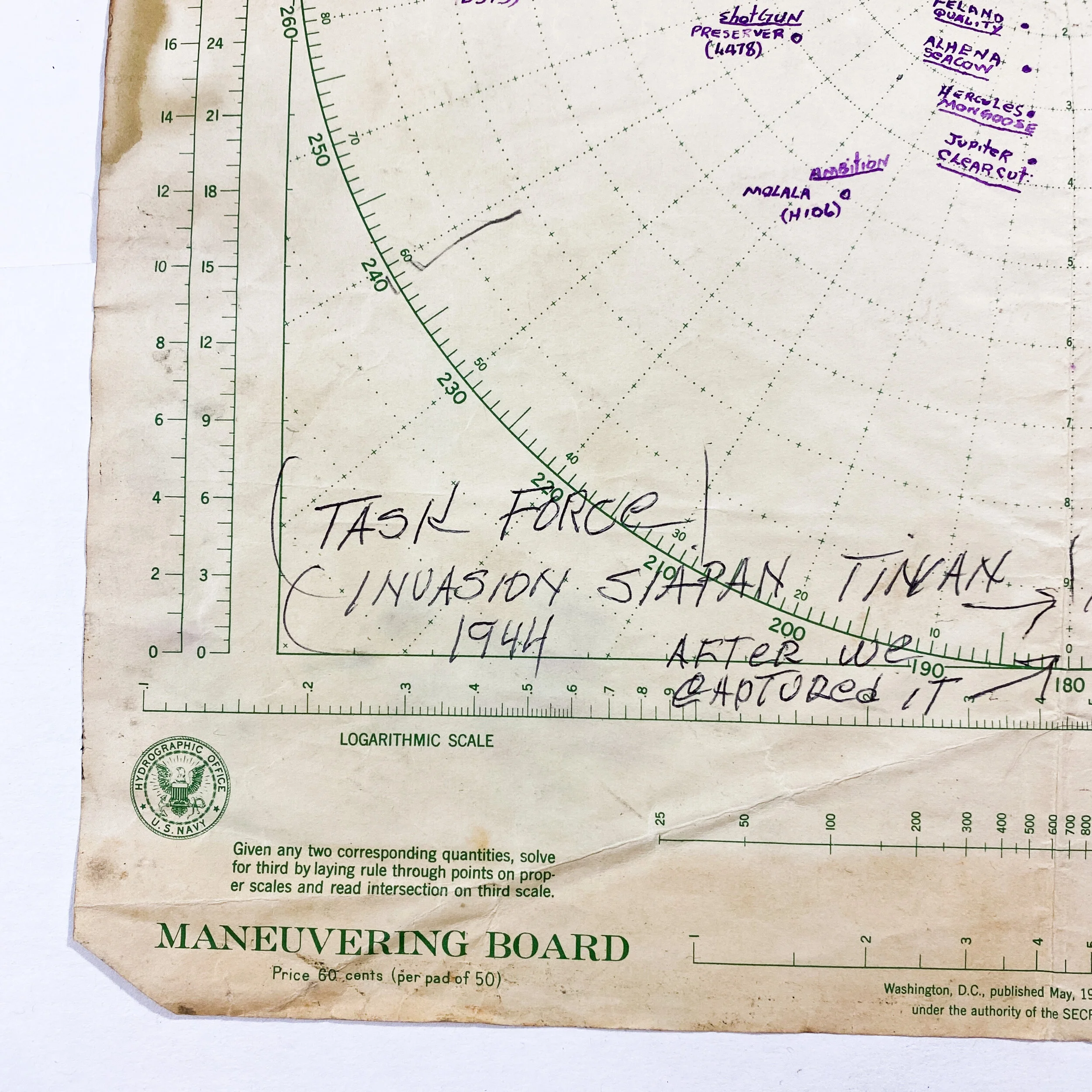


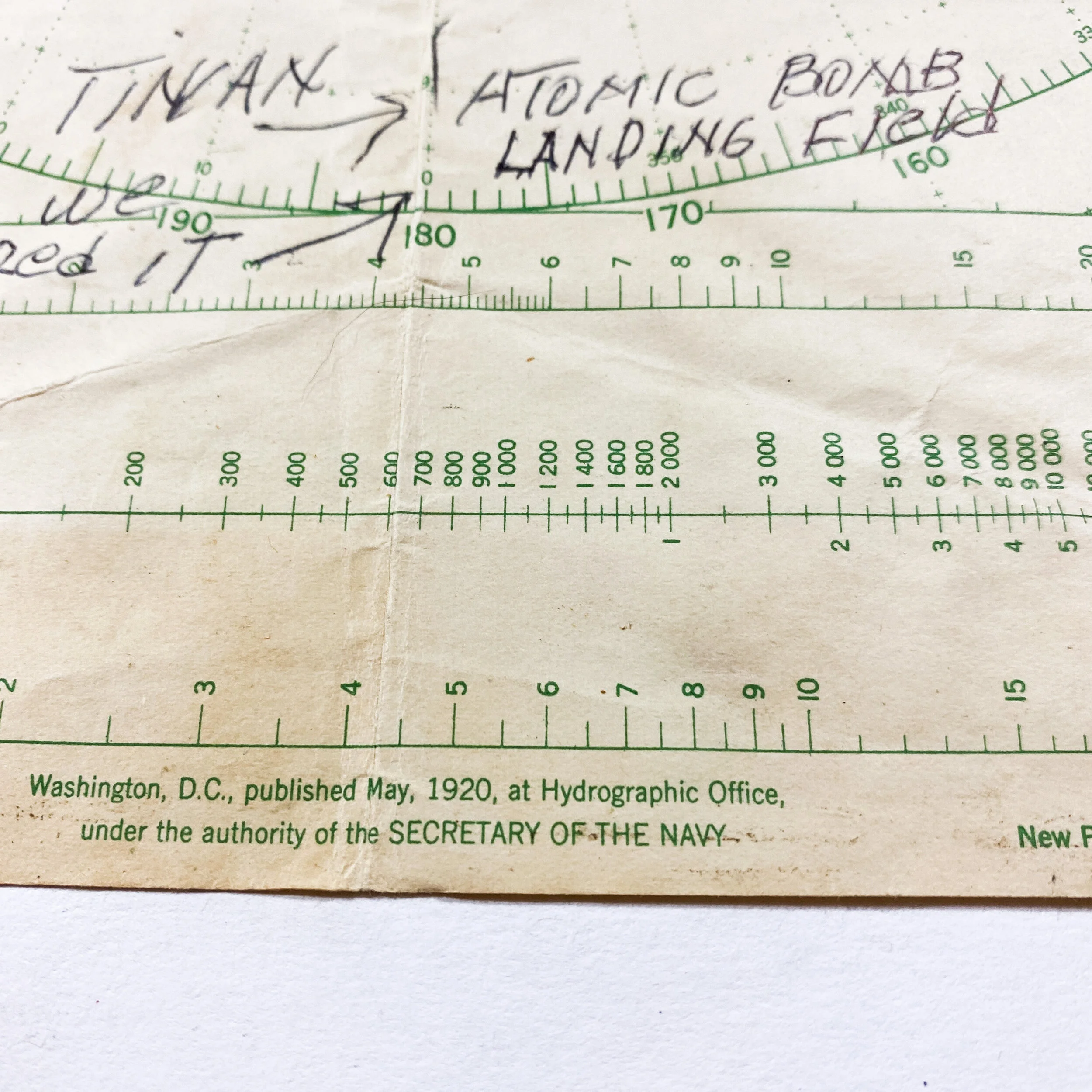

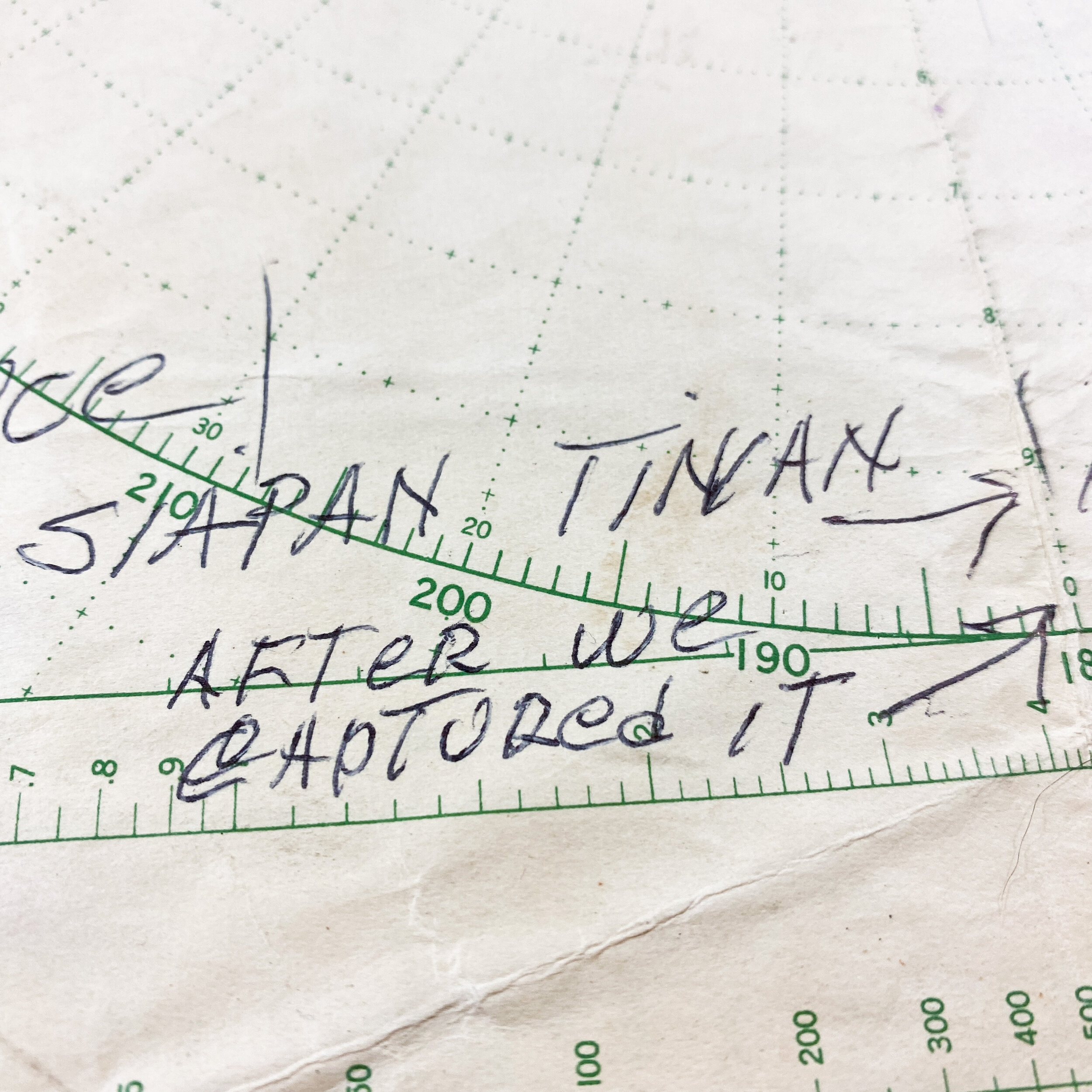
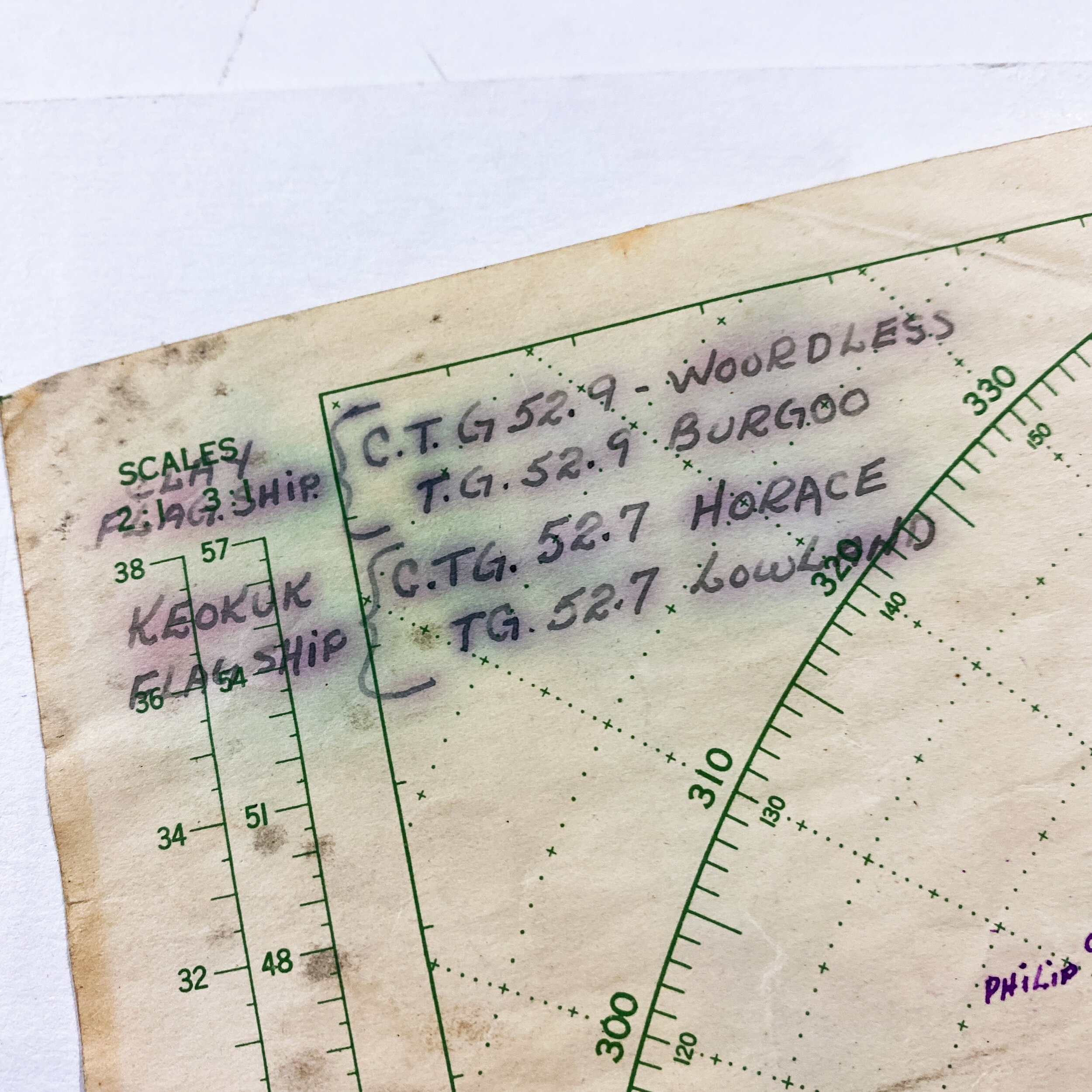


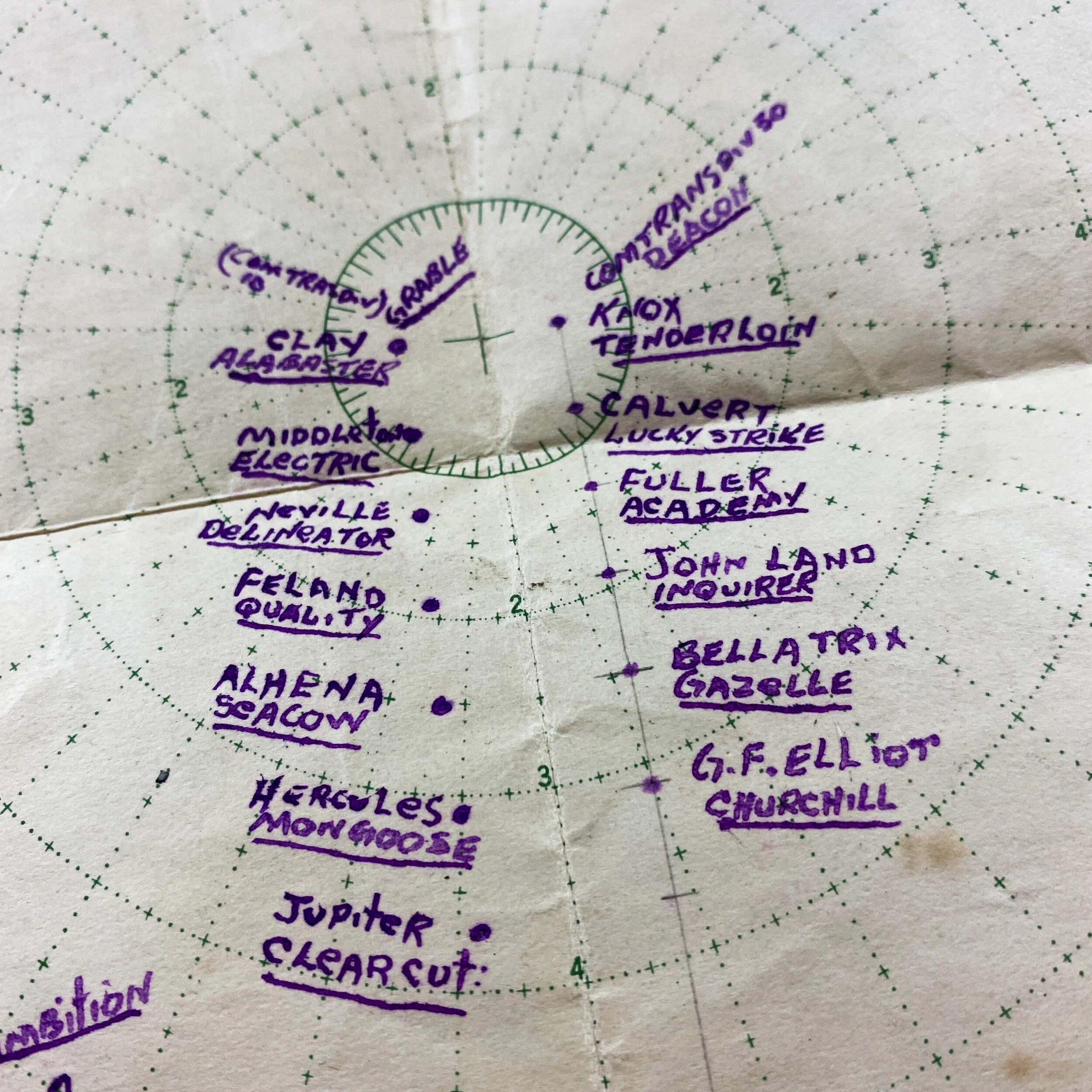
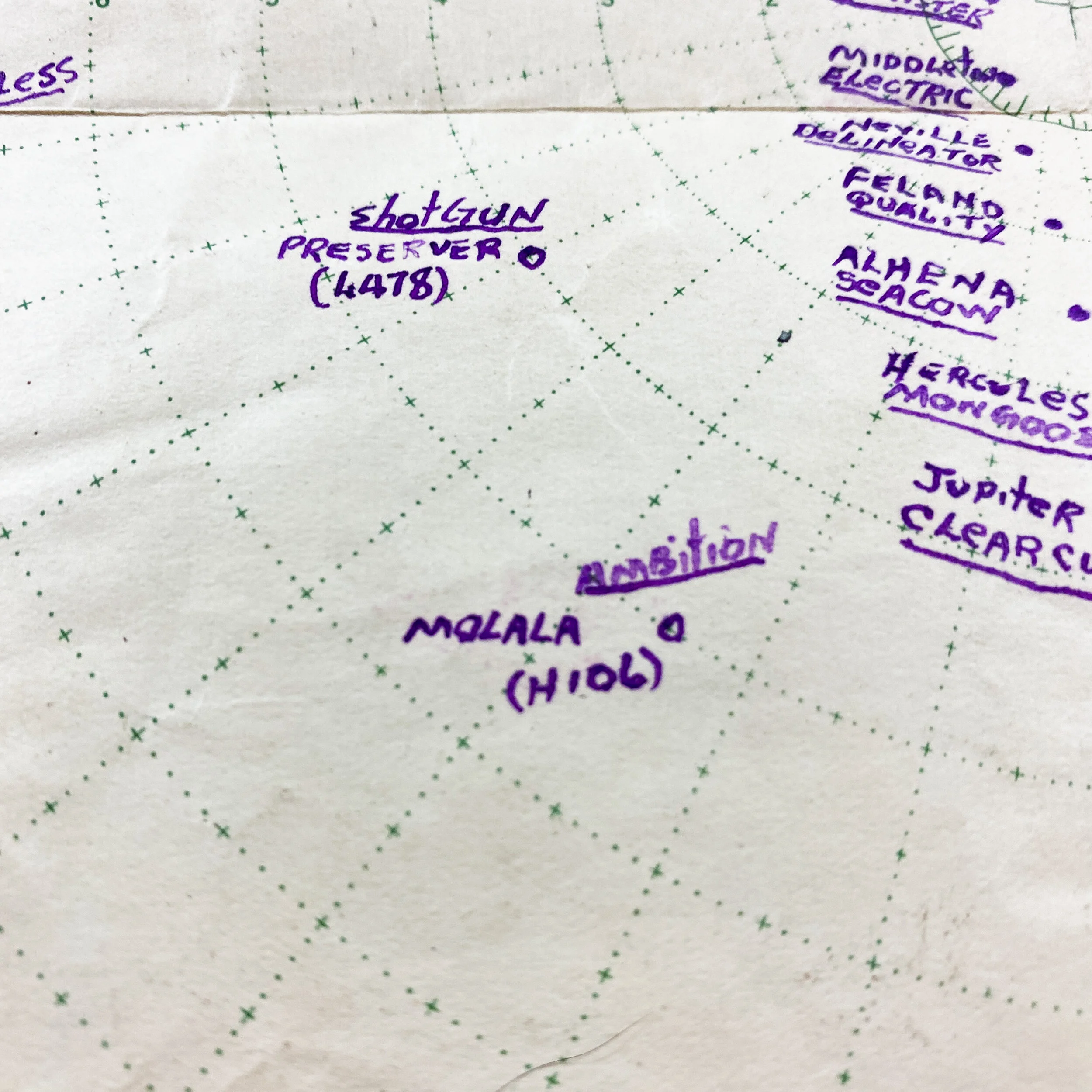


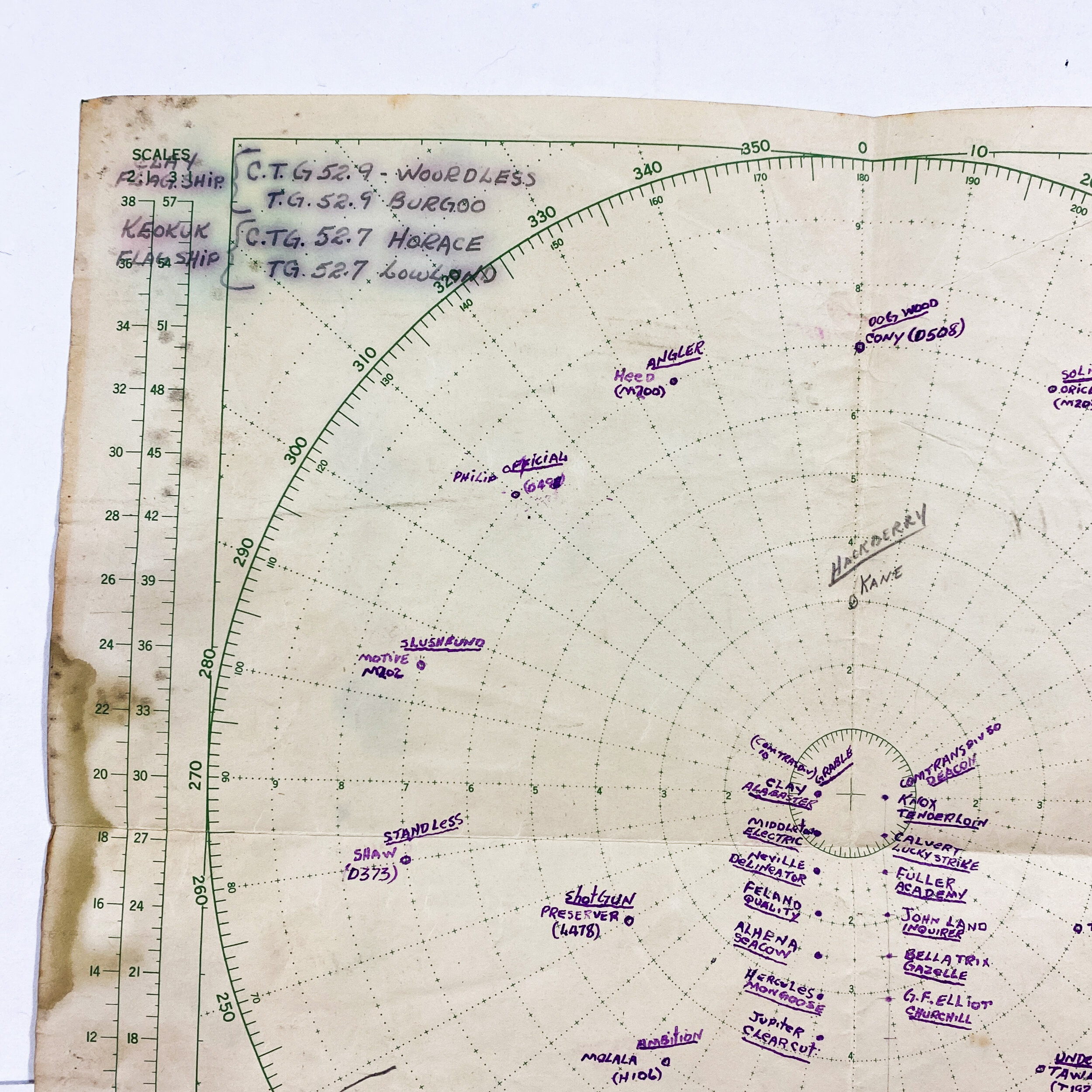

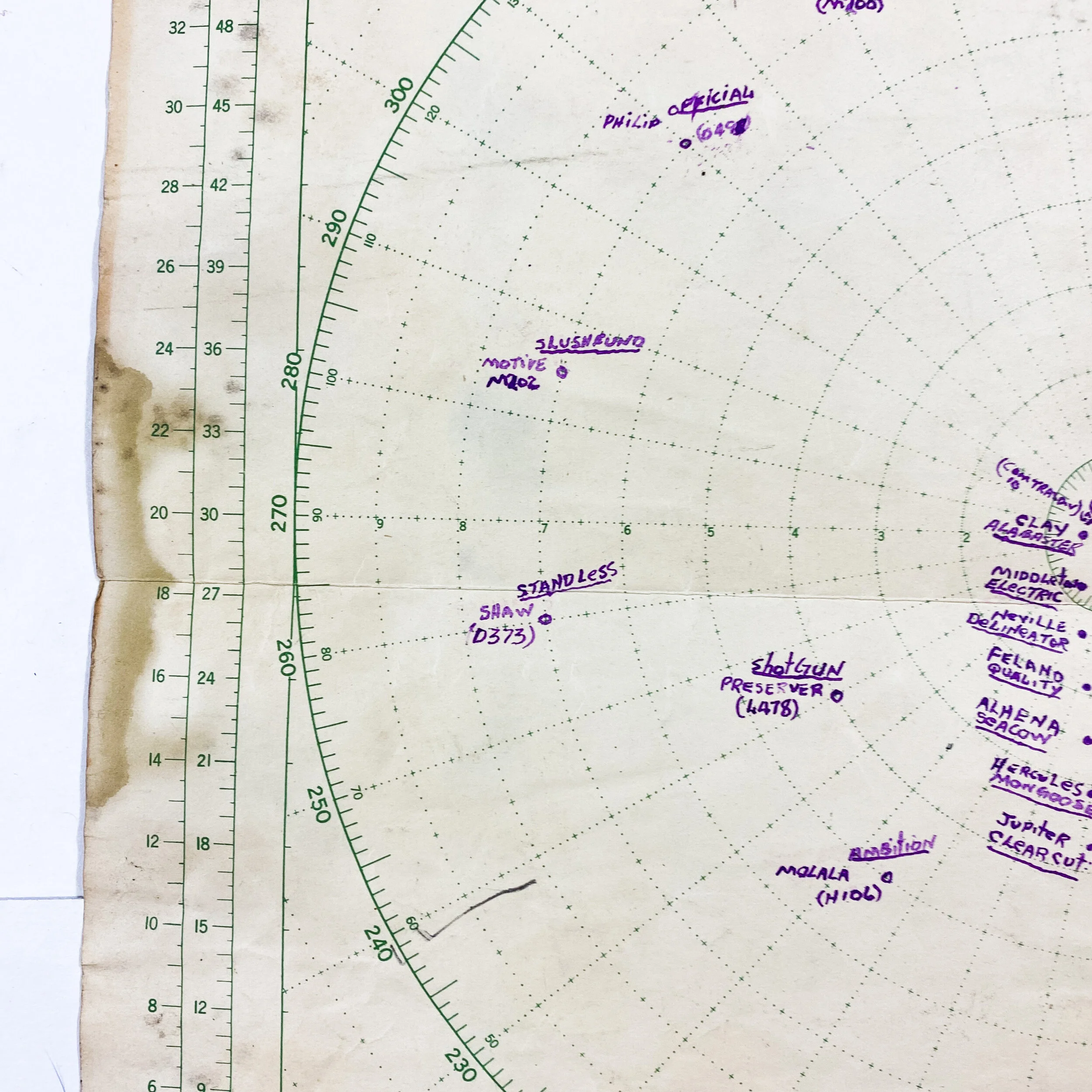
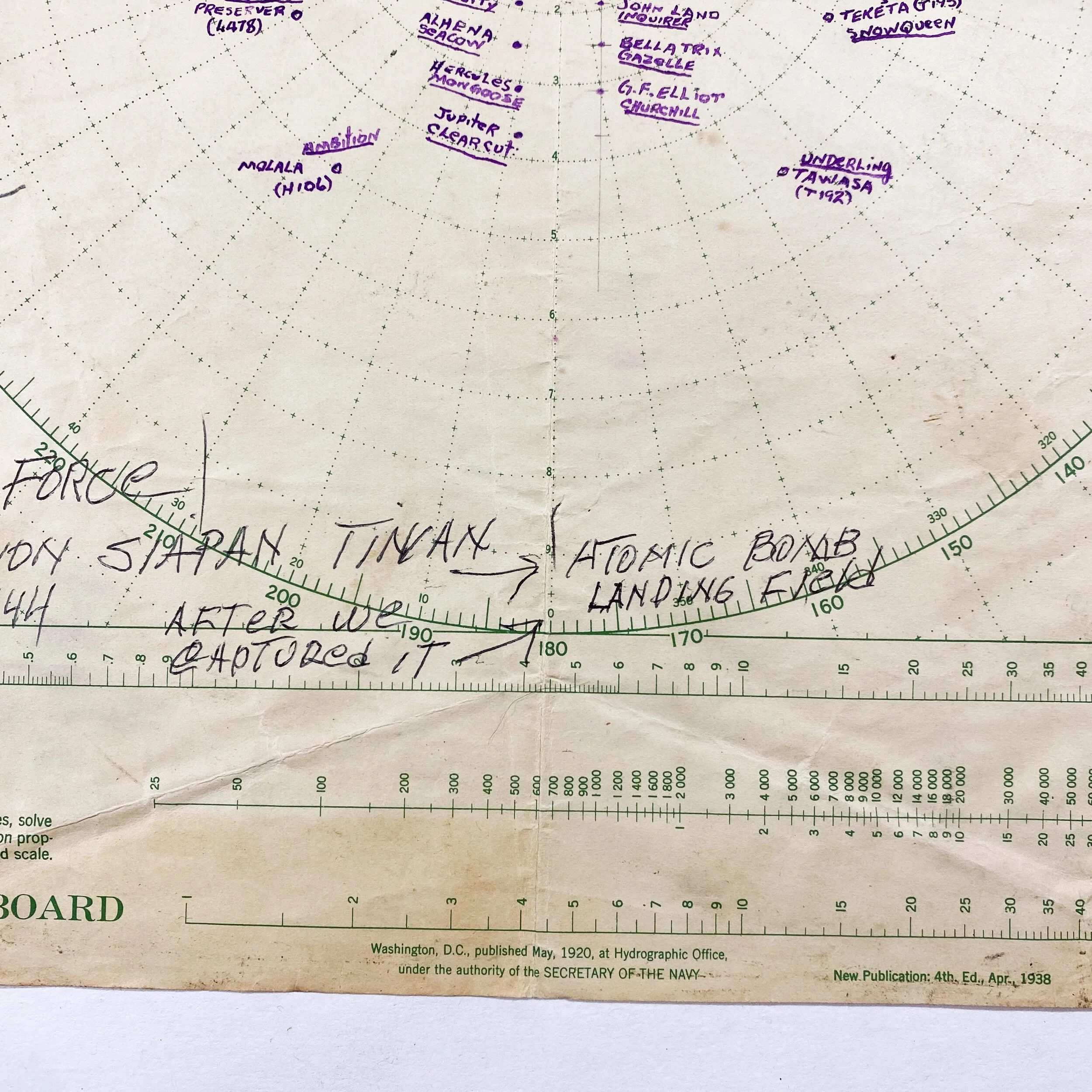
Operation Forager - Battle of Saipan - U.S. Destroyer USS Ballard (DD-267) Radar Maneuvering Board
Size: 12.5 x 12.5 inches
This extremely rare and incredible World War II U.S. Navy radar and ship maneuvering board used during Operation Forager comes from a WWII Navy sailor and radioman who served in some of the most infamous operations in the Pacific Theater against the Japanese aboard the WWII destroyer USS Ballard (DD-267). It was with the USS Ballard as a radioman he and other Naval sailors used this maneuvering board to plot ships during the Battle of Saipan. The Battle of Saipan was a battle of the Pacific campaign of World War II, fought on the island of Saipan in the Mariana Islands from 15 June to 9 July 1944. It has been referred to as the "Pacific D-Day" with the invasion fleet departing Pearl Harbor on 5 June 1944, the day before Operation Overlord in Europe was launched, and launching nine days after. The U.S. 2nd Marine Division, 4th Marine Division, and the Army's 27th Infantry Division, commanded by Lieutenant General Holland Smith, defeated the 43rd Infantry Division of the Imperial Japanese Army, commanded by Lieutenant General Yoshitsugu Saito. The loss of Saipan, with the deaths of at least 29,000 troops and heavy civilian casualties, precipitated the resignation of Prime Minister of Japan Hideki Tōjō and left the Japanese archipelago within the range of United States Army Air Forces B-29 bombers.
The Naval bombardment of Saipan began on June 13th, 1944. 15 battleships were involved, and 165,000 shells were fired. Seven modern fast battleships delivered 2,400 16 in (410 mm) shells, but to avoid potential minefields, fire was from a distance of 10,000 yd (9,100 m) or more, and crews were inexperienced in shore bombardment. The following day the eight older battleships and eleven cruisers under Admiral Jesse B. Oldendorf replaced the fast battleships but were lacking in time and ammunition. The landings began at 07:00 on 15 June 1944. More than 300 LVTs landed 8,000 Marines on the west coast of Saipan by about 09:00. Eleven fire support ships covered the Marine landings. The naval force consisted of the battleships Tennessee and California, the cruisers Birmingham and Indianapolis, the destroyers Norman Scott, Monssen, Coghlan, Halsey Powell, Bailey, Robinson, and Albert W. Grant. Careful artillery preparation — placing flags in the lagoon to indicate the range — allowed the Japanese to destroy about 20 amphibious tanks, and they strategically placed barbed wire, artillery, machine gun emplacements, and trenches to maximize the American casualties. However, by nightfall, the 2nd and 4th Marine Divisions had a beachhead about 6 mi (10 km) wide and 0.5 mi (1 km) deep. The Japanese counter-attacked at night but were repulsed with heavy losses. On 16 June, units of the U.S. Army's 27th Infantry Division landed and advanced on the airfield at Ås Lito. Again the Japanese counter-attacked at night. On 18 June, Saito abandoned the airfield.
What makes this maneuvering board so unique is the hand plotted and written names of the U.S. naval ships during the battle as they served as past of the Naval Task Force. The location of the ships are annotated on the maneuvering board, as well as the RESTRICTED call signs of the ships. These call signs were used by radiomen as well as pilots over the Allied radio frequencies. This maneuvering board shows extensive wear and use as it played an extremely pivotal role in the battle with the maneuvering of naval ships around the island.
USS Ballard (DD-267) Wartime Service:
Ballard steamed to Pearl Harbor arriving on January 28, 1942. Sent to the South Pacific, tending patrol planes, laying aircraft buoys, escorting convoys, and patrolling throughout the Eastern Pacific including: Phoenix, Midway, Fiji, Espiritu Santo, Guadalcanal, Florida Island, and New Caledonia.
During the Guadalcanal campaign, USS Ballard along with USS Mackinac were supporting PBY Catalinas from VP-23 and VP-11 operating from Graciosa Bay on Ndeni Island. On September 12, 1942, both ships were shelled by a Japanese submarine. Ballard slipped its anchor and proceeded at full speed to find the submarine but it submerged and escaped and neither side inflicted any damage.
Returning to San Francisco November 7, 1943, she completed repairs by December 30, 1943 Until May 1944, acted as a plane guard during carrier qualification off San Diego.
Between 15 June and 3 July 1944 she participated in the Saipan operation, laying aircraft buoys, and tending the first patrol squadron to operate from the area. Next, she performed patrol duties during the seizure of the Palau during 12 September – 11 December 1944).
In late December 1944 she began another stateside yard period, at Seattle, Washington. Upon completion of repairs, she was once again assigned to plane guard duties, operating out of San Diego until 1 October 1945.